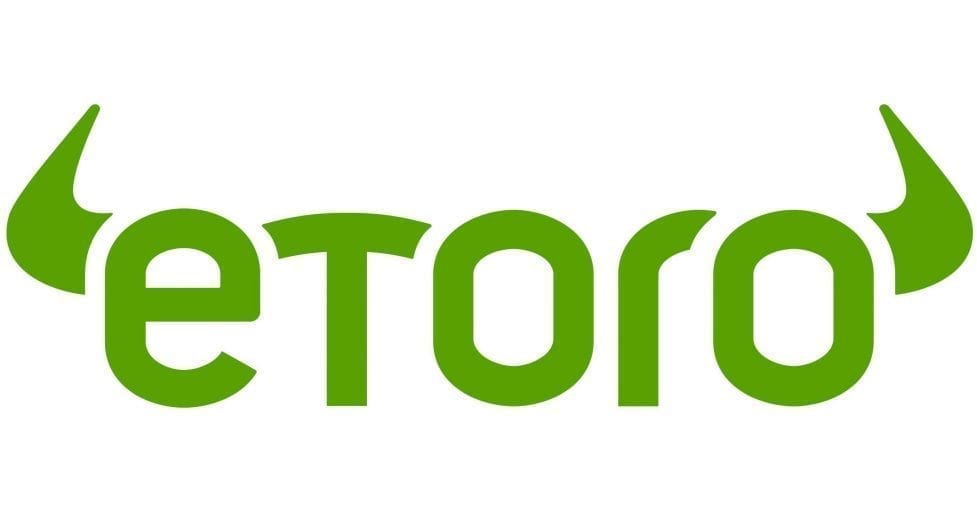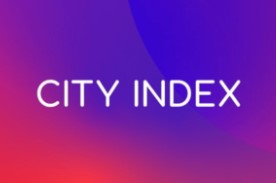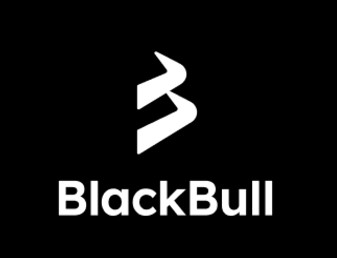Australia’s benchmark ASX 200 Index (XJO) staged a tentative recovery this week, momentarily moving above the psychologically significant 8,000-point level to end the week before settling into the close at 7,982 for a 0.16% gain on the day, and 0.64% up on the week. The recent gains do little to dispel the clouds of recent underperformance that has shown only 1.19% in gains over 12 months.
The gains of the past two weeks offer a brief respite from a difficult start to the month that had seen the index down 6% through the first couple of weeks as global markets shifted.
From a technical standpoint, the ASX 200 presents a mixed picture. Perhaps most concerning for market bulls is the index’s current position relative to its 200-day simple moving average (SMA). Widely regarded as a critical demarcation line for the long-term market trend, the 200-day SMA of 8,142 remains above the current price action. With the XJO currently trading below this key threshold, as highlighted in the snapshot above, traditional technical interpretation leans bearish, suggesting the path of least resistance in the longer term may be downwards.
Adding to the complexity is the significant divergence in reported data for the 50-day SMA. At 8,227, the 50 crossed the 200 back in early January, indicating a bullish trend. This discrepancy itself is telling, highlighting a lack of clear technical consensus and potentially foreshadowing further volatility as the market struggles to find direction.
The index’s trajectory is dictated by the collective performance and shifting valuations of its 200 constituents, with an outsized influence wielded by behemoths such as Commonwealth Bank (CBA), BHP Group (BHP), CSL Limited (CSL), and National Australia Bank (NAB). Consequently, a thorough analysis of the XJO necessitates a deeper dive into the prospects of these market leaders and the health of their respective sectors – financials, materials, and healthcare being particularly dominant. For investors seeking direct exposure to the broad Australian market represented by the index, Exchange Traded Funds (ETFs) like State Street’s STW or BlackRock’s IOZ remain popular vehicles designed to mirror its performance.
Top Australian Brokers
- Pepperstone - Trading education - Read our review
- IC Markets - Experienced and highly regulated - Read our review
- eToro - Social and copy trading platform - Read our review
Don’t Buy Just Yet
You will want to see this before you make any decisions.
Before you decide which shares to add to your portfolio you might want to take a look at this special report we recently published.
Our experts picked out The 5 best ASX shares to buy in 2024.
We’re giving away this valuable research for FREE.
Click below to secure your copy





